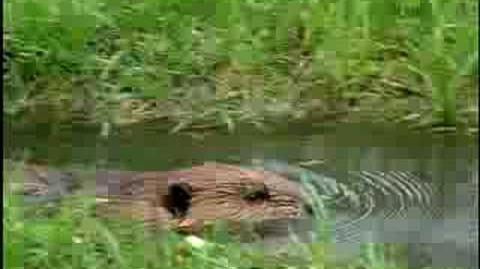
Fooled by Nature - Beaver Dams
retrieved from: http://www.youtube.com/watch?v=Na2HYq11yuM&list=PLnsYFqej8041u0hj1JiuEjmdrGc-KyfGO

A cormorant spreads its wings to dry them in the sun, an example of a behavioral adaptation. retrieved from: http://www.scvas.org/index.php?page=text&id=wdp_behaveadapt
An adaptation is a change, simply put. Evolutionarily speaking, adaptations occur in order to aid survival and success in an organism's environment. Adaptations can be structural, or physiological-a change in an organisms physical characteristics, or behavioral. This page is dedicated to behavioral adaptations. For a simple, easy to understand sketch of structural vs. behavioral adaptations, check out this page: http://www.nhptv.org/natureworks/nwep1.htm
A change in behavior[]
A behavioral adaptation is the way an animal acts in response to its environment. For example, an opossum plays dead when threatened by a predator, or a bird migrating to take advantage of different climate zones in changing seasons. Tool use and communication also offer great examples of behavioral adaptations. For a detailed list of amazing behavioral adaptations, visit: http://www.bbc.co.uk/nature/adaptations
Is it behavioral?[]
Some adaptations blur the lines between structual and behavioral adaptations. A skunk's spray, for instance, can be classified as a structural adaptation when considering the chemical components of it's stinky stuff. But the action of spraying its predator is a behavior, so which is it?